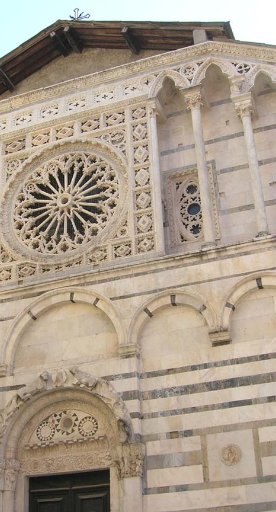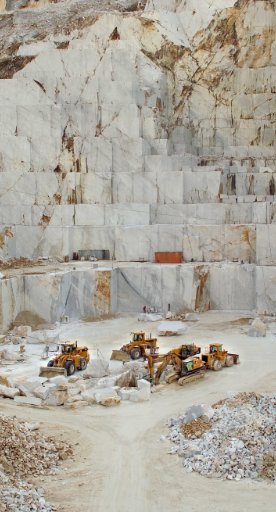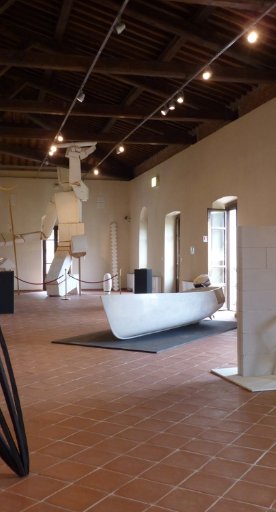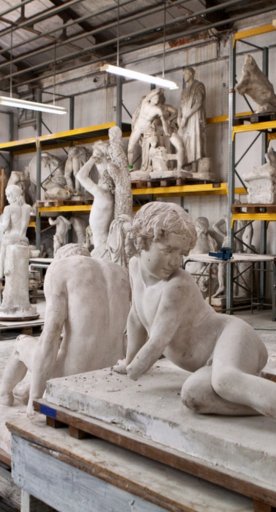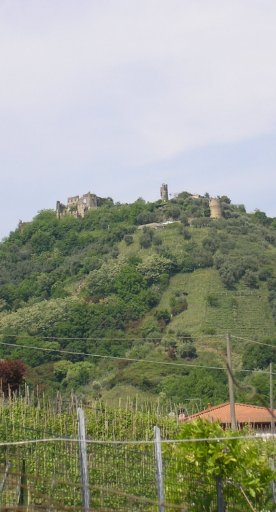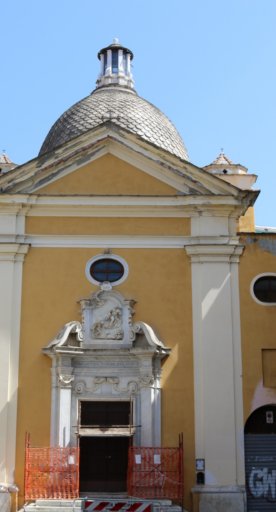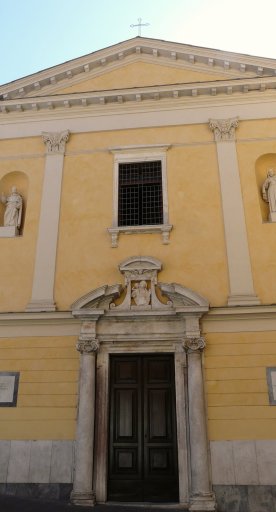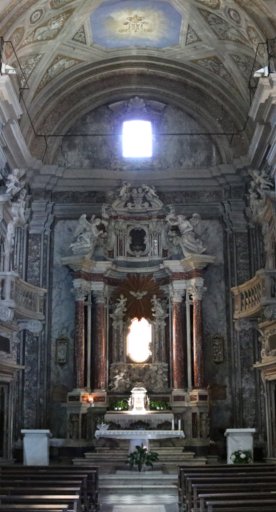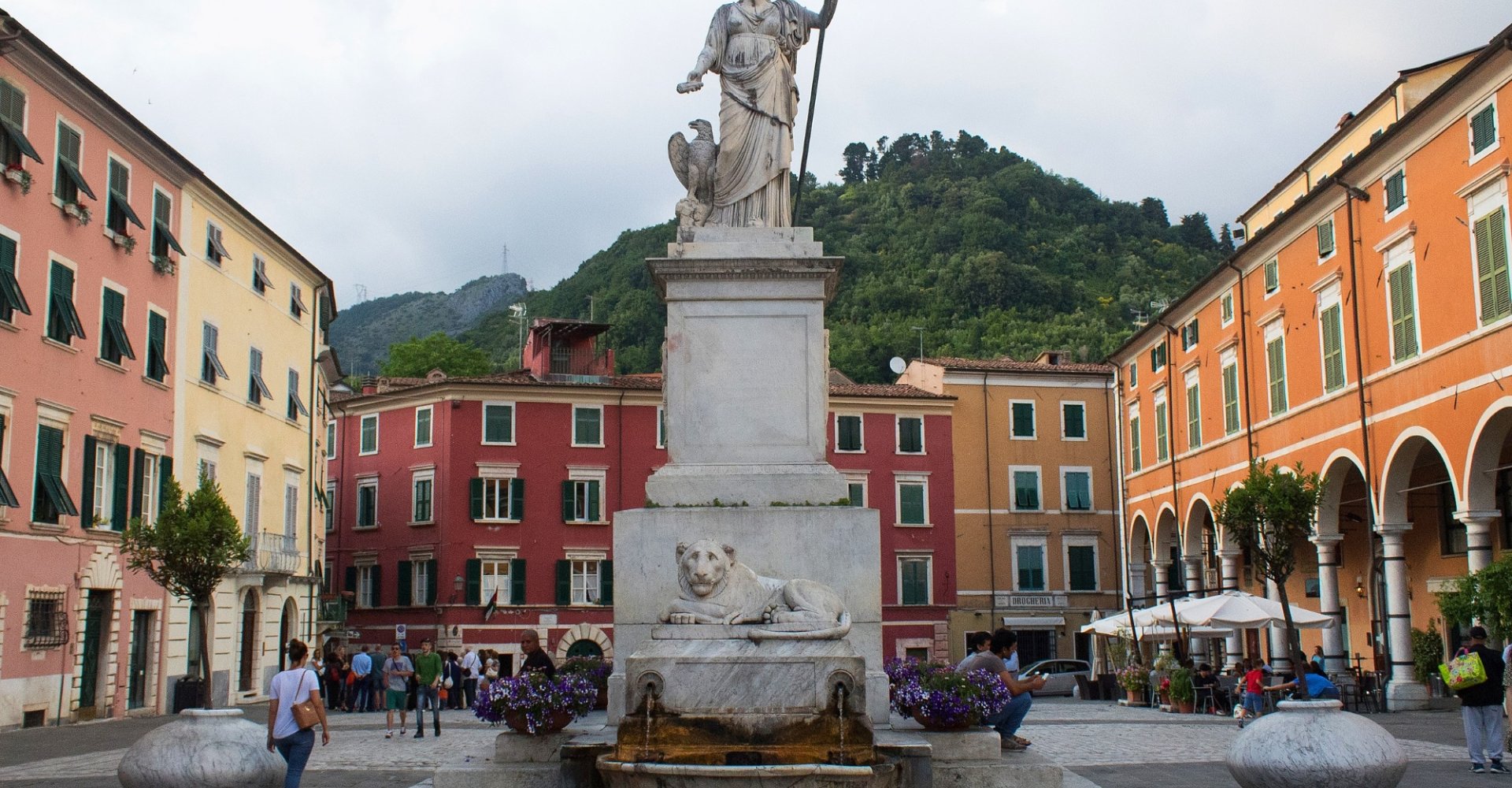
Piazza Alberica
Carrara's largest and most important historic square
The space that now houses Piazza Alberica was once an uninhabited area and was the site of the ancient Platea Porcorum, the cattle market.
The rebirth took place thanks to Prince Alberico I Cybo Malaspina, who in 1557 gave impetus to the enlargement of the city walls: with this operation Alberico redesigned the urban layout of Carrara, shifting right here the symbolic and political center of gravity from the area around the Cathedral.
The square, which then took his name, immediately became the place of choice for the construction of the great palaces of the aristocracy and the wealthy bourgeoisie: thus appeared the sumptuous Palazzo Del Medico - characterized by the vivid red of the facade - the Palazzo Diana or Palazzo delle Logge and again the birthplace of the sculptor Pietro Tacca - illustrious pupil of Giambologna and author, among other works, of the famous bronze piglet whose copy is placed in the fountain of the loggia of the Mercato Nuovo in Florence.
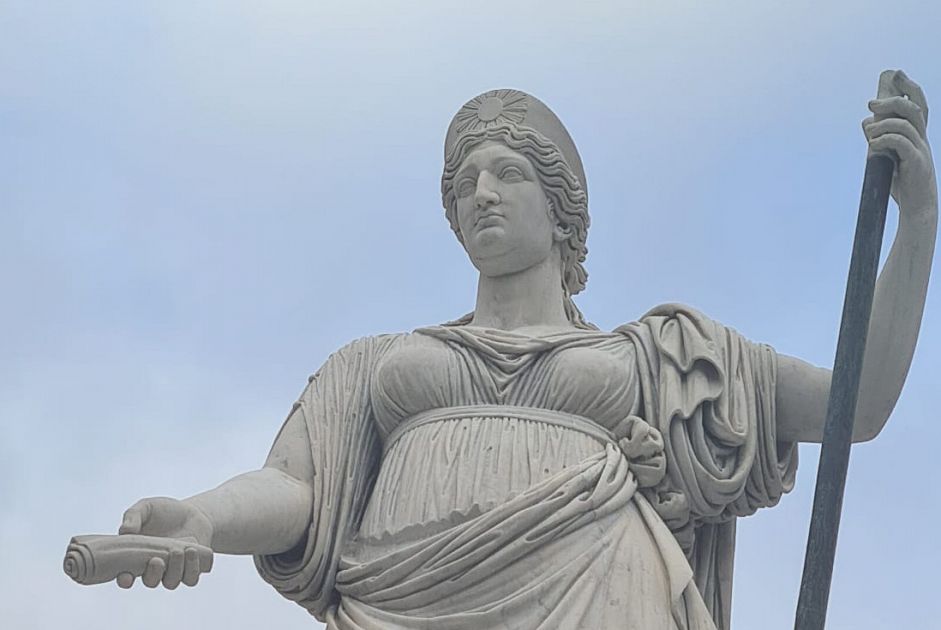
In the center of the square stands the monument to Maria Beatrice d'Este - the duchess of Massa and princess of Carrara - to celebrate her return to the throne after the interlude of Napoleon's rule over Italy.
Beatrice is depicted as Juno, the goddess of fertility, in a typical majestic and solemn attitude.
For Carrara it was, by far, the first public monument made specifically for the city.
It was made by Pietro Fontana in 1826 and stands on a pedestal adorned with bas-reliefs by artists from Carrara: it is completed by a fountain with basin and sphinx, a copy of a subject preserved in the Egyptian collections at the Louvre.
From the fountain flows one of the purest waters in the city of Carrara, which comes from the famous Pizzutello spring in Torano.
During World War II an air raid shelter was built under the square, the entrances to which were located at its four corners.
